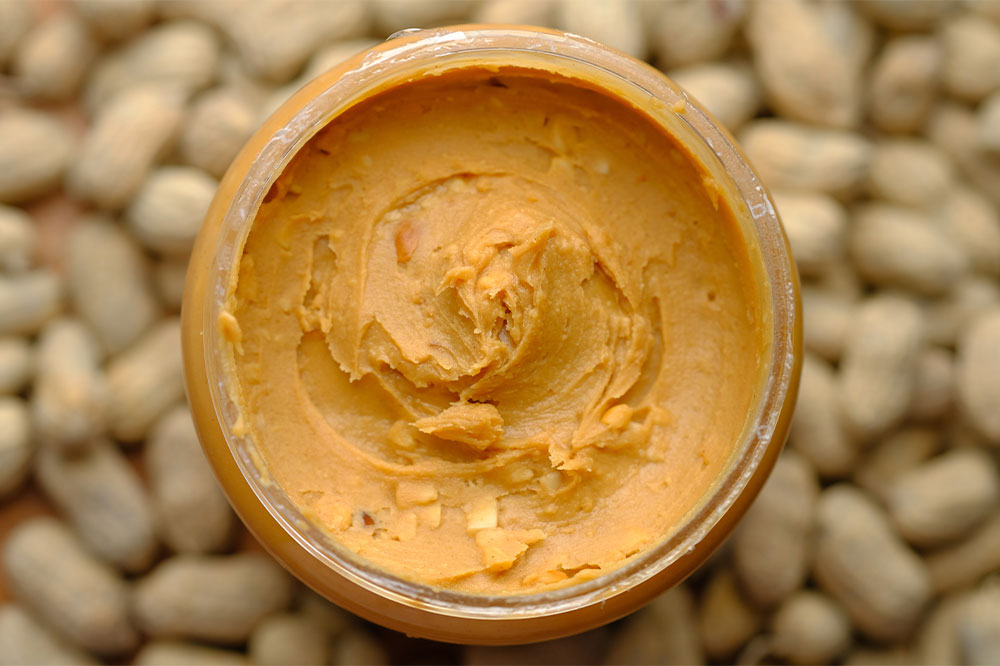5 stages of Huntington’s disease

Huntington’s disease is a rare and inherited health disorder that causes the brain’s nerve cells to progressively break down over time. As the cells degenerate, a person’s functional abilities start to decline. Additionally, their movements, cognitive ability, and mental health are also affected. It is similar to having ALS, Parkinson’s, and Alzheimer’s disease simultaneously. These symptoms develop gradually over the course of several years as the disease progresses through multiple stages.
Causes of Huntington’s disease
Huntington’s disease is a genetic health disorder. It results from a difference or mutation in a particular gene. This difference is generally inherited. Thus, Huntington’s disease runs in the family.
Also, it is an autosomal dominant disorder. This implies that only one copy of the different gene is enough for a person to develop this disorder. Thus, a child has a 50% chance of inheriting the nontypical gene from a parent, who may pass along a healthy or nontypical copy of the gene. Therefore, if both parents have Huntington’s disease, there is a 100% chance that their child may have it, too.
Progression of Huntington’s disease
The atypical gene that causes Huntington’s disease is present in a person at birth. However, the symptoms do not start manifesting at that time. The breakdown of the nerve cells occurs slowly over time. As a result, the neurological damage happens at a slow pace. It can be years or decades before the signs of Huntington’s disease are detected in the early stages.
Most of the symptoms of Huntington’s disease become noticeable between the ages of 30 and 50. As the disease progresses, the symptoms become more severe and debilitating, advancing through its five stages. However, in some cases, the symptoms may appear before the age of 20, which is known as juvenile Huntington’s disease.
5 stages of Huntington’s disease
Stage 1: Preclinical stage
This stage usually lasts for about 20 years or less. At this stage, the disease can be diagnosed through biological testing or screening. However, physical symptoms are not yet visible. This is because damage has occurred only at the cellular level in this stage. However, one may experience specific changes in their body.
- Difficulty learning new things
- Depression
- Irritability
- Difficulty with decision-making
- Poor coordination
The above changes are typically noticeable 10 to 15 years before physical symptoms of Huntington’s disease start to appear. In most cases, it is challenging to link these changes to the disease unless a definitive diagnosis has been made.
Stage 2: Early stage
As the disease progresses, the cells are slowly destroyed, resulting in physical symptoms becoming visible. At this stage, neurological damage becomes apparent. While a person may still be able to perform their daily activities independently, behavior and cognition issues may arise, affecting their social skills and interpersonal relationships. Medical experts consider a person to be in the active disease stage of Huntington’s at this point. This stage usually lasts for about 8 years, and during this period, a person may experience some of the following symptoms:
- Loss of coordination
- Difficulty performing complex movements
- Involuntary twitches in the fingers, toes, or face
- Depression
- Trouble concentrating or solving problems
- Mood swings
- Loss of inhibitions
Stage 3: Middle stage or intermediate stage
As the disease progresses into stage 3, physical symptoms become more severe and disrupt daily life. Although similar to stage 1, the symptoms are intensified, leading to emotional and behavioral changes that can affect relationships with family and work. Performing everyday tasks may still be possible, but other tasks like managing finances or household tasks may require assistance. As the stage progresses, even basic daily tasks become difficult. This stage lasts approximately 3 to 16 years, and symptoms may include:
- Involuntary movements or severe chorea
- Trouble walking
- Difficulty performing motor tasks
- Frequent instances of falls
- Difficulty swallowing
- Concentration issues and difficulty organizing thoughts
- Disinterest in hobbies or activities
- Memory problems
- Depression
- Mood swings
Stage 4: Early advanced stage or late stage
This stage generally starts about 10 years after the symptoms of the disease become visible. It generally lasts about 9 to 21 years after the symptoms have started.
Mostly referred to as stage IV, this is when advanced care becomes necessary for some people with Huntington’s disease. Constant assistance may be required for several tasks, including managing finances, household tasks, and personal care. Thus, it becomes difficult for those with Huntington’s disease to stay home independently. In most cases, this stage requires a person to move into an extended care facility where they receive all the assistance. Common symptoms at an early advanced stage include:
- Severe difficulty with voluntary movements
- Rigidity
- Severe involuntary movements or dystonia
- Abnormally slow movements or bradykinesia
- Severe cognitive loss
- Depression
- Apathy
- Psychosis
Stage 5: Advanced stage or end-of-life stage
This is the last stage of Huntington’s disease. At this stage, around-the-clock skilled nursing care is required since the person becomes completely restricted to the bed. From feeding to personal hygiene, everything requires assistance. A permanent feeding tube may become necessary at this stage. Also, the person’s mobility and movement become severely restricted. This makes it nearly impossible to perform basic motor functions independently. As a result, infections and falls frequently occur, leading to severe complications such as pneumonia. The symptoms that are observed in the advanced stage include:
- Bedridden or immobility
- Complete dependence on others for personal tasks
- Nonverbal or unable to communicate
- Unable to swallow and eat independently
Management options
Huntington’s disease is not curable. Also, there are no treatment options that could slow down the progression of the disease. Medical care teams, therefore, devise plans to support and manage the symptoms across the 5 stages of Huntington’s disease. These care plans may include a combination of symptom-specific prescriptions, physical and occupational therapies to help manage movement and balance issues, and speech therapy to help with communication difficulties. Additionally, patients may learn how to use various assistive technologies to help with everyday tasks, such as voice-controlled lighting systems or computer software that can aid with typing and communication.







